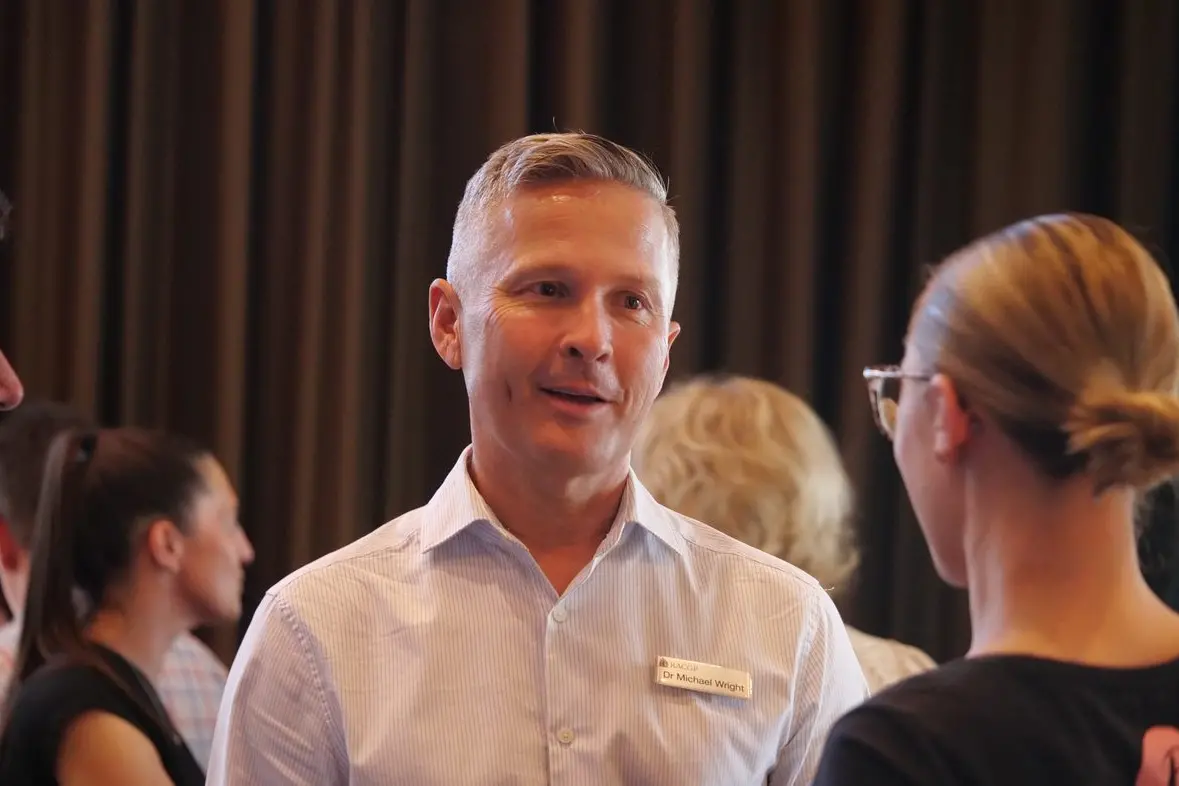PHOTO
THE national peak general practice body sees GP trainees and the beauty of the North East region as key pillars in its efforts to fill a void in the local community.
A team of GP leaders from the Royal Australian College of GPs (RACGP) descended on Wangaratta this week to shine a spotlight on the doctor shortfall echoed across the country.
As part of their awareness push towards the upcoming federal election they met with 30 new GP registrars who are about to embark on placement within the North East during their orientation on Tuesday at the Gateway Hotel.
The GPs in training are among thousands beginning their journey to be a GP across the country.
The RACGP team also met with local practice owners, GPs and RACGP members to discuss the issues they’re facing on the ground.
RACGP president Michael Wright was part of the delegation, and said he and his team were eager to spread the word about the attraction of the North East, in order to encourage more GPs in training to come and care for our communities.
“The reason for coming out here was just to highlight what a great place it is to live and work,” he said.
“So many GPs and doctors more generally, when they come out to the North East they see what a fantastic place it is and they’re more likely to settle, but they just don’t think of it as their first stop.
“We’re trying to raise the awareness that this is a great place to come with really supportive practices, and a great network within the RACGP to help them succeed in settling into whatever community they want to.
“Allowing doctors to see what a great place this is to live and work is an important way we can get more doctors in Wangaratta.”
According to a GP study undertaken by the Department of Health in August last year, Australia was around 2400 full-time equivalent GPs short of what it needs, with the shortfall forecasted to grow to 8900 by 2048.
The forecasted gap in GPs was likely to disproportionately impact rural, regional and remote areas, according to the report.
Dr Wright said investment into the next generation and the college's GP training program was the key to injecting GPs back into the North East and beyond.
The college was buoyed to see a growth of 16 of the 30 North East trainees set to undertake their training in Wangaratta medical centres, double the amount in the program last year.
“Over the last year the number of GPs who have been training has increased, which is a big success story,” Dr Wright said.
“Talking to the GPs and the new trainees they’re really excited about going into general practice.”
“With this program they basically start from day one working at a clinic so they’re helping to see patients in the community from the first day.
“It’s really important because we know we haven’t got enough GPs in rural cities like Wangaratta and we need to increase that urgently.”
Medical centres in the region have attempted to find chronic doctor shortage solutions themselves, with Beechworth Surgery offering $1000 to community organisations who can assist them fill positions in the Indigo Shire town.
Dr Wright said State Government incentives put in place last year providing a top-up payment of $30,000 for first-year trainees, and $10,000 to support the costs of exams to be undertaken during GP training had been effective, with more doctors going into GP training.
“Overall around the country we’ve had growth and met our quotas and now we’re asking the government to let us train more GPs so that every rural community can have access to them,” he said.
“There’s no substitute for the quality of care you get from a GP who knows you and that’s why it’s really important that we get more GPs into rural areas like Wangaratta to make sure everyone can get that benefit.”

